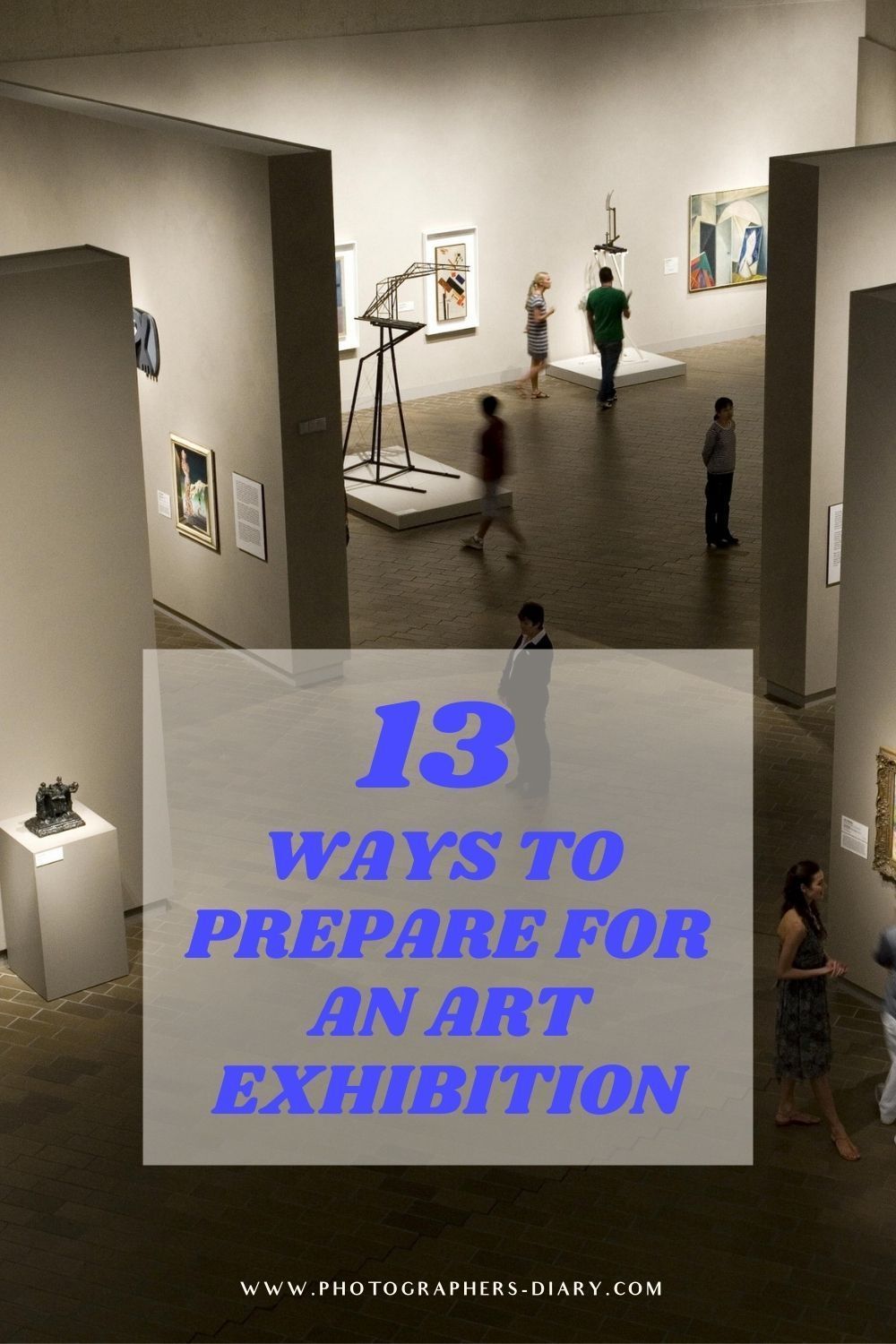# How to Prepare for an Art Exhibition
If you’re an artist or a photographer, preparing for your first art exhibition can be both exciting and overwhelming. It’s a chance to showcase your work to a wider audience and potentially make a name for yourself in the art world. To ensure that your exhibition is a success, it’s essential to plan and prepare thoroughly. Here are 13 tips to help you get ready for your first art exhibition.
## Create a Vision
Before diving into the logistics of organizing your exhibition, take some time to envision what you want to achieve. Think about the theme or concept of your exhibition and how you want to present your work to the audience. Having a clear vision will guide you through the planning process and ensure that everything aligns with your artistic goals.
## Set a Date and Venue
Once you have a vision in mind, it’s time to set a date and find a venue for your exhibition. Look for galleries, art spaces, or pop-up venues that align with the vibe of your work. Keep in mind the size of the space, the location, and the potential audience when choosing a venue.
## Curate Your Work
Selecting the pieces to display at your exhibition is a critical step. Curate your work to create a cohesive and impactful presentation. Consider the flow of the exhibition and how each piece contributes to the overall narrative of your art.
## Create Promotional Materials
To generate interest and attract attendees, it’s essential to create promotional materials for your exhibition. This may include a website, social media posts, flyers, and press releases. Use compelling images of your artwork and captivating language to pique people’s curiosity.
## Build a Portfolio
If you don’t already have a portfolio of your work, now is the time to create one. A well-curated portfolio will showcase your talent and style to potential buyers and galleries. Include high-quality images of your artwork, a biography, artist statement, and any relevant press or accolades.
## Develop an Artist Statement
Crafting an artist statement will help viewers understand the inspiration and meaning behind your work. This written statement should provide insight into your creative process, influences, and the themes you explore in your art. It’s a chance to connect with your audience on a deeper level.
## Plan the Layout
Consider how your artwork will be displayed in the exhibition space. Plan the layout to ensure that each piece has enough room to shine and that the flow of the exhibition makes sense. Think about lighting, labeling, and any additional visuals or design elements.
## Consider Collaborations
Partnering with other artists, local businesses, or art organizations can help amplify the reach of your exhibition. Consider collaborating on promotional events, joint exhibitions, or cross-promotional opportunities to expand your audience and network.
## Set a Budget
Organizing an art exhibition can be costly, so it’s important to set a budget and carefully track your expenses. Consider the costs of venue rental, promotional materials, printing, framing, and any other logistics. Look for sponsorship opportunities or grants to help offset some of the expenses.
## Plan an Opening Reception
An opening reception is a great way to kick off your exhibition and engage with your audience. Plan a memorable event with refreshments, live music, or artist talks to create a welcoming and festive atmosphere. It’s an opportunity to connect with art enthusiasts and potential buyers.
## Prepare for Sales
If you’re open to selling your artwork at the exhibition, make sure to have a system in place for processing sales. Consider pricing your pieces in advance, setting up a payment method, and providing sales receipts. This will ensure a smooth and professional transaction process.
## Install Your Artwork
As the exhibition date approaches, it’s time to install your artwork in the venue. Consider the logistics of transportation, installation, and any additional display materials you may need. Pay attention to the details to ensure that your artwork is presented in the best possible light.
## Engage with Your Audience
During the exhibition, take the time to engage with your audience and answer any questions they may have about your work. Be open to feedback and use this as an opportunity to build relationships with potential buyers, collectors, and art enthusiasts.
In conclusion, preparing for your first art exhibition requires careful planning, creativity, and attention to detail. By following these 13 tips, you can set yourself up for a successful and memorable exhibition that showcases your talent and artistic vision.
[Download the free checklist for preparing for an art exhibition here.]
You can review our digital products by following us on Etsy.





